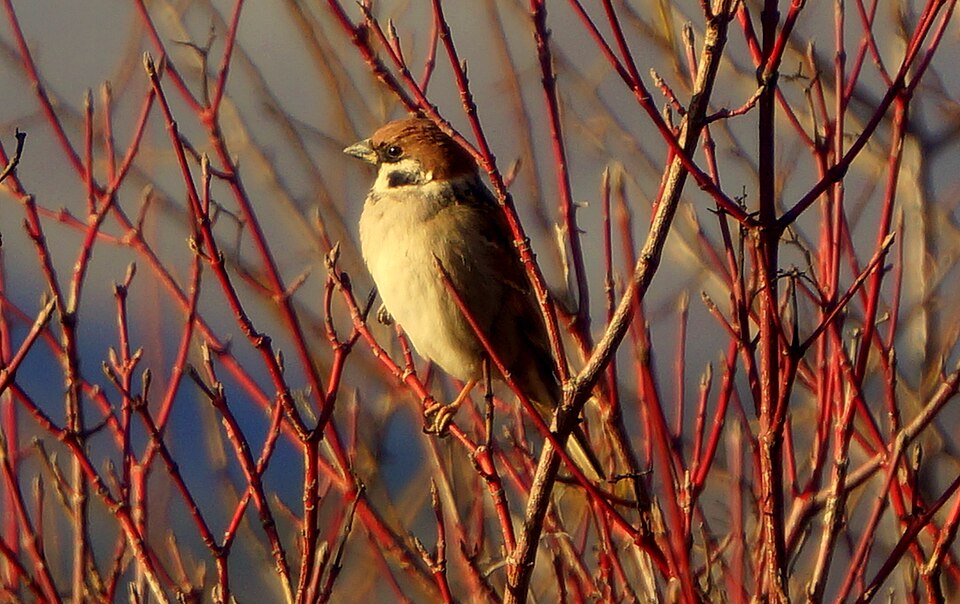
Eurasia Tree Sparrows are the most commonly documented bird in the Philippines and had the most impact on where they found the bird flu.
Credit: Georgi Petrov / WikiMedia
AGU News
Press registration open for 2026 Ocean Sciences Meeting
Full time reporters and press officers are invited to attend, free of charge, the Oceans Sciences Meeting, hosted by AGU, The Oceanography Society and the Association for the Sciences of Limnology and Oceanography in Glasgow, Scotland, 22-27 February 2026.[OSM26 press information][eligibility]
Featured Research
Replacing corn with biofuel perennials slows erosion on sloping farmland
Scientists tested how biofuel perennials like switchgrass or Miscanthus, a common long grassy plant, would impact sloping farmland in the Upper Mississippi River Basin. Corn that is planted on these slopes can increase erosion, which degrades the soil. Researchers found that the perennials decreased erosion and the Miscanthus produced yielded double the amount compared to the switchgrass. [Earth’s Future study]
Replanted forests are as successful as normal forests, but both are struggling
Around half of studied reforested forests in China saw a resilience decline, meaning the trees’ ability to bounce back after events like drought or wildfire were declining. Lowered resilience can signal high risk of reforestation efforts failing. At the same time, traditional growth forests experienced nearly exactly the same decline. Both forest types face the chance of failure because of low water availability, particularly as droughts increase with climate change. [Earth’s Future study]
Birders help point to potential bird flu hotspots in the Philippines
Scientists combined remote satellite sensing of rainfall, population density and infrastructure like farmlands, with 12 years of bird enthusiasts’ sightings from the app eBird to predict bird flu hotspots in domestic birds. Evaluation of these factors found increased rainfall, population density and the presence of the Eurasian Tree Sparrow and the Zebra Dove, due to their abundance and proximity to poultry farms, had significant impact on bird flu outbreaks. [GeoHealth study]
Math model uncovers how snow cornices swirl into being
Snow cornices are waves of soft snow that build up and curl off the edges of mountains which can cause slab avalanches when they fall. As snow cornices grow, the wind speed along the edge slows down but the amount of snow hitting the edge increases. This allows the snow to build up along the sides and increases its size. Scientists created the first numerical model to simulate the growth of snow cornices which could better avalanche models. [JGR Atmospheres study]
Nearly 94 million boulders mapped on the moon using deep learning
Scientists used a deep learning algorithm to map the size and location of nearly 94 million boulders on the lunar surface, highlighting differences in boulder densities and size distributions. [Eos editor’s highlight] [JGR Planets study]
First complete picture of nighttime clouds on mars
Data captured by the Emirates Mars Mission reveal that clouds are typically thicker during Martian nighttime than daytime. [Eos research spotlight] [JGR Planets study]